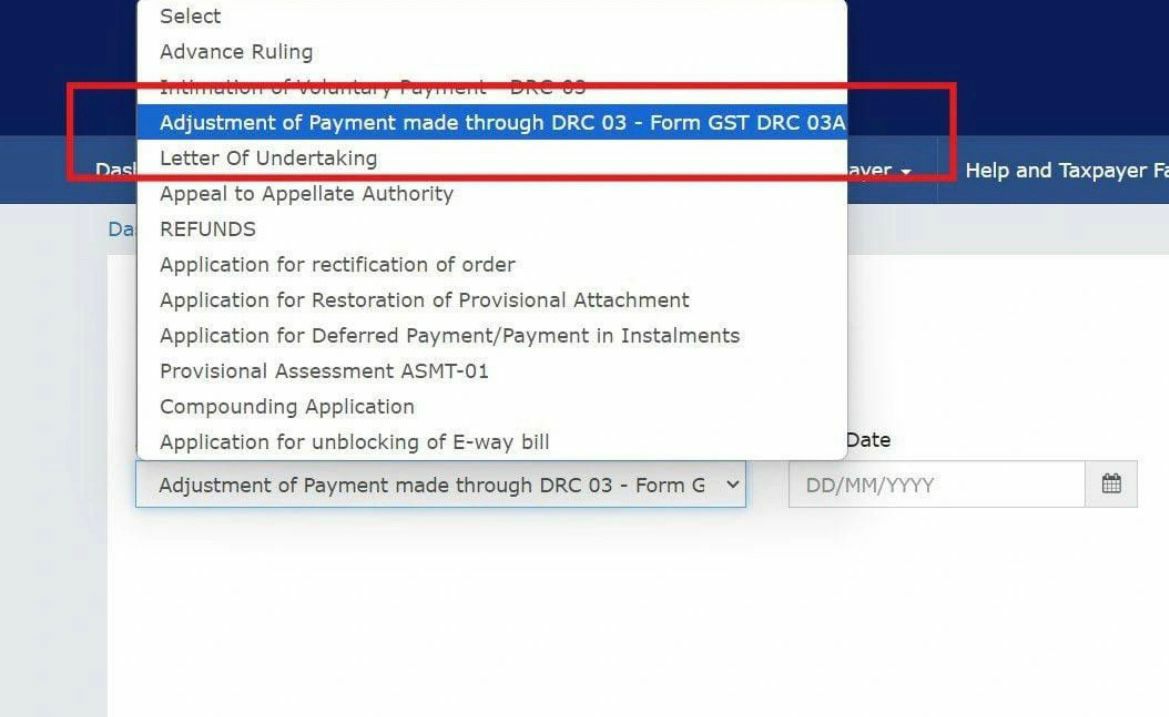It’s that time of year again when people and businesses across India focus on filing their income tax returns (ITR). Income tax is crucial as it provides the government with the funds needed for public services and national development.
In April 2024, the Central Board of Direct Taxes (CBDT) released seven different ITR forms for the financial year. These forms are ITR-1, ITR-2, ITR-3, ITR-4, ITR-5, ITR-6, and ITR-7. The deadline for filing these forms is 31 July 2024.
Here’s a quick guide to the various ITR forms:
ITR-1 (Sahaj)
Who can file ITR-1?
“Form ITR-1 can be used by an Ordinary Resident (ROR) Individual with a total income of up to Rs. 50 lakh. This can include income from salary, income from one house property, and income from other sources such as bank interest, dividends, and agricultural income up to Rs 5,000,” says Balwant Jain, a Mumbai-based tax and investment expert.
This form cannot be used by individuals who are either directors in a company, have invested in unlisted equity shares or whose tax is deducted by banks on cash withdrawals under Section 194N. TDS is deducted under section 194N by banks or post offices if cash is withdrawn above the threshold limit from any bank account (savings or current bank account) maintained by a person. Those with deferred income tax on Employee Stock Option Plans (ESOPs) also cannot use this form. Individuals having foreign shares or having foreign income (dividends from foreign shares) are also not eligible to use ITR-1.
Let’s break this down using Ravi as an example.
Ravi, a copywriter at a media firm, earns Rs 13 lakh a year. The tax form called ITR-1 is for those who live in India and have a total income of up to Rs 50 lakh. Ravi fits this part because his income is well within that limit.
ITR-1 can be used if your income comes from:
— Your salary.
— Owning one house (not more than one).
— Other sources like bank interest, dividends, or small amounts of agricultural income (up to Rs 5,000).
Do note that not everyone can use this form. Here’s when you can’t use ITR-1:
1. If you’re a director in a company.
2. If you’ve put money into unlisted company shares.
3. If your bank deducts tax when you withdraw large amounts of cash (above a certain limit).
4. If you have deferred tax from stock options given by your employer.
5. If you own foreign shares or have income from outside India.
So, in Ravi’s case, since he earns Rs 13 lakh from his job and doesn’t fall into any of the exceptions listed, he can use Form ITR-1 to file his taxes.
ITR-2
“This form is for individuals or HUFs who do not have income from “Profits and Gains of Business or Profession” and are not eligible for ITR-1. Individuals cannot use ITR-2 if their income includes interest, salary, bonus, commission, or remuneration from a partnership firm,” explains Jain.
Example:
Imagine Ravi’s friend, Suman. Suman has a few different sources of income. She earns a salary, owns two houses, and also makes some money from investments. Suman’s situation is a bit more complex than Ravi’s, so she can’t use the simpler ITR-1 form. Instead, Suman would use Form ITR-2.
Who can use form ITR-2?
1. Salary income: Just like Suman, if you have a regular job and get a salary.
2. House property income: If you earn money from more than one house, which applies to Suman since she owns two houses.
3. Capital gains: If you make money from selling investments like stocks or property.
4. Other income sources: This includes income from winning a lottery, betting on horse races, and other forms of legal gambling.
5. Foreign assets/income: If you have assets or income from outside India.
6. Agricultural income: If you earn more than Rs 5,000 from farming.
7. Non-resident status: If you’re considered Not Ordinarily Resident or Non-Resident in the financial year.
So, Suman, with her salary, income from two houses, and investment gains, fits the criteria for using Form ITR-2.
Now, let’s understand who cannot use Form ITR-2:
– If you or your family earn any income from a business or profession.
– If you qualify to use the simpler ITR-1 form.
– If you’re a partner in a partnership firm.
Additionally, let’s touch on HUF (Hindu Undivided Family). An HUF includes all family members descended from a common ancestor, along with their wives and daughters. The head of the family, called the Karta, manages the family affairs. Daughters remain part of their father’s HUF even after marriage but also join their husband’s HUF. This applies to Jain, Buddhist, and Sikh families too.
ITR-3 form
The ITR-3 form is designed for individuals and Hindu Undivided Families (HUFs) engaged in business or professional activities, requiring the maintenance of detailed books of accounts. This includes professionals like chartered accountants, doctors, lawyers, and engineers, whose income is based on actual profits. Additionally, individuals with salaried employment and income from freelancing or part-time business activities can use the ITR-3 form for filing their income tax returns.
Example:
Arjun is a chartered accountant who runs his own practice. He also earns money from a part-time consulting job and owns a couple of rental properties. Here’s how the ITR-3 form fits Arjun’s situation:
1. Business or profession: Arjun is engaged in a professional activity as a chartered accountant
2. Multiple income sources: Besides his accounting practice, Arjun earns money from:
– House property: He owns rental properties.
– Salary/pension: He has a part-time consulting job.
– Capital gains: Sometimes he sells investments like stocks or property.
– Other sources: Any other income, like interest from savings accounts.
3. Partnership remuneration: If Arjun were to receive remuneration from being a partner in a partnership firm, he could also report this on ITR-3.
Who is not eligible for ITR-3?
1. Non-individuals and non-HUFs: The ITR-3 form is strictly for individuals and HUFs. Companies and other entities cannot use this form.
2. No business or professional income: If Arjun didn’t have his accounting practice or any business/professional income, he wouldn’t use ITR-3. For example, if he only had a salary from his part-time consulting job and rental income, he might use a different form like ITR-2.
So, the ITR-3 form is tailored for people like Arjun who have diverse sources of income, especially from their professional activities.
ITR-4 (Sugam) form
The ITR-4 or Sugam form is designed for small business owners, freelancers, and professionals who do not maintain detailed books of accounts but only keep a sales ledger. This includes online sellers, traders, wholesalers, manufacturers, and similar occupations.
Example:
Priya is an online seller who runs a small business selling handmade crafts. She also writes a blog and occasionally earns money from it. She doesn’t keep detailed books of accounts but does maintain a sales ledger. Here’s how the ITR-4 form fits Priya’s situation:
Who needs to file ITR-4?
1. Small business owners:
Priya, as an online seller, is considered a small business owner. She can use ITR-4 if her income is presumed under sections 44AD or 44AE (Presumptive taxation scheme lets the taxpayers declare their taxable income at a prescribed rate irrespective of actual profit/gains and in turn relieves them from the burden of maintaining regular books of account and getting the same audited. Presumptive taxation schemes to relieve small taxpayers are provided under Section 44AD, 44ADA and 44AE. While Section 44ADA is for professionals Section 44AD and 44AE concerns small business taxpayers).
2. Freelancers and professionals:
– Besides selling crafts, Priya earns from her blog. Freelancers like content writers, bloggers, and vloggers can use ITR-4 if their income is computed on a presumptive basis under sections 44AD, 44ADA, or 44AE.
3. Individuals with multiple income sources:
Priya also has a part-time job, earning a salary. She can include this salary, income from her blog, and earnings from her craft business in ITR-4.
Additionally, if Priya owns one house and earns rental income from it, she can report this in ITR-4.
Who cannot use ITR-4?
– Taxpayers with more than one house property
– Those with speculative income: Priya cannot use ITR-4 if she had speculative income, like from stock trading or any other future events
– Individuals with agricultural income exceeding Rs 5,000
– Winners of lotteries or races
– Those with capital gains or losses to be carried forward
ITR-5
This ITR is meant for associations of persons (AOPs), LLPs, firms, body of individuals (BOIs), estate of deceased, artificial juridical persons (AJP), business trusts, estate of insolvent, and investment funds.
ITR-6
All companies registered under the Companies Act 2013 or the earlier Companies Act 1956 should file ITR-6 Form. However, if the company’s source of income comes from the property held for religious or charitable purposes, it is not required to file the ITR-6 Form. The due date for filing is 31 October for AY 2023–24.
ITR-7
ITR-7 is filed when persons, including companies, are required to file their returns as per these sections:
Section 139(4A): Income of Charitable and Religious Trusts
Section 139(4B): Political Parties
Section 139(4C): Scientific research institutions
Section 139(4D): University, college, or other institution
Visit www.cagurujiclasses.com for practical courses












If the son wants to buy a house and wants to add the mother’s name in house property, does the mother also need to file an income tax return? Mother does not in taxable income.
Please reply
Thank you.